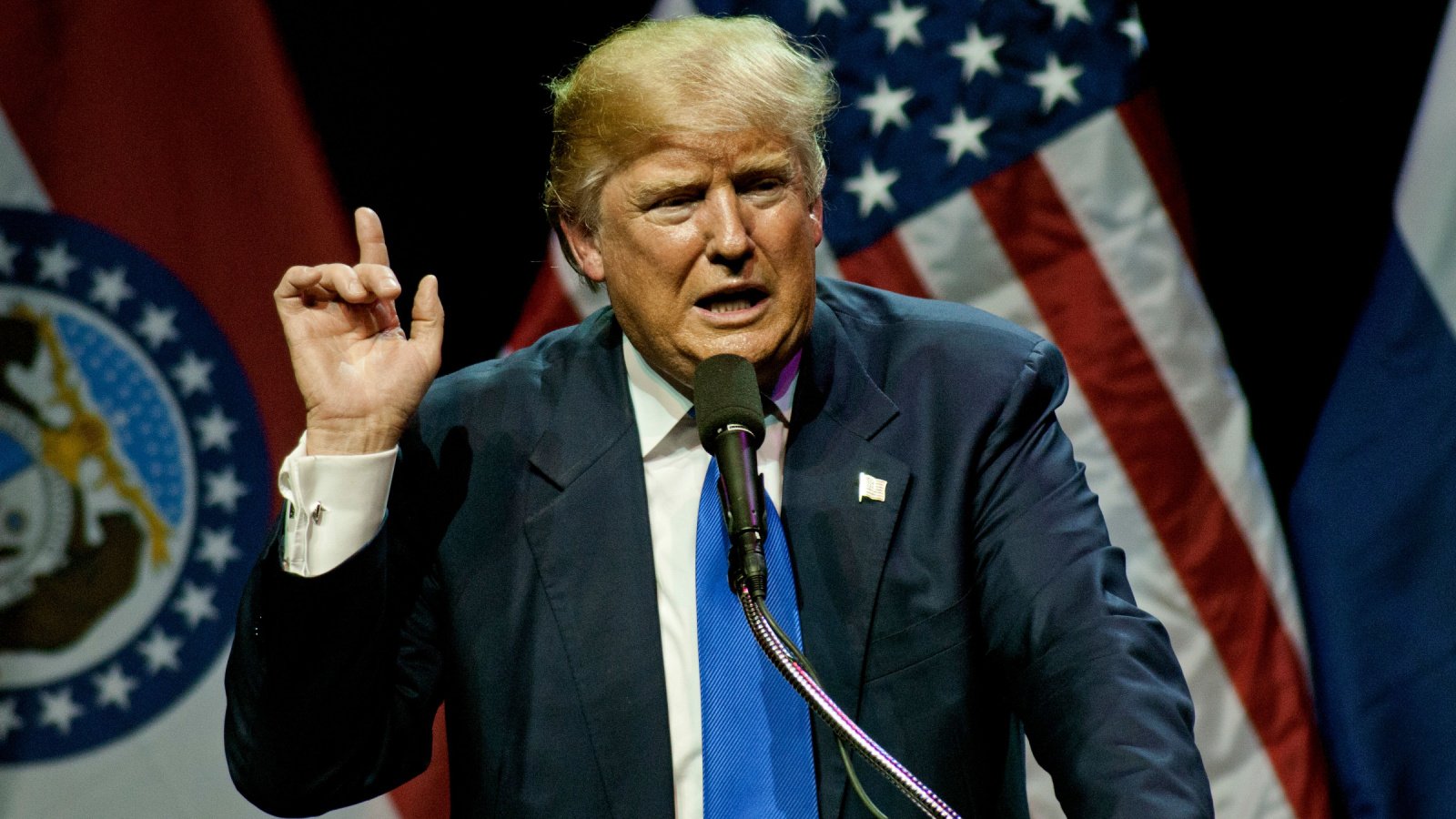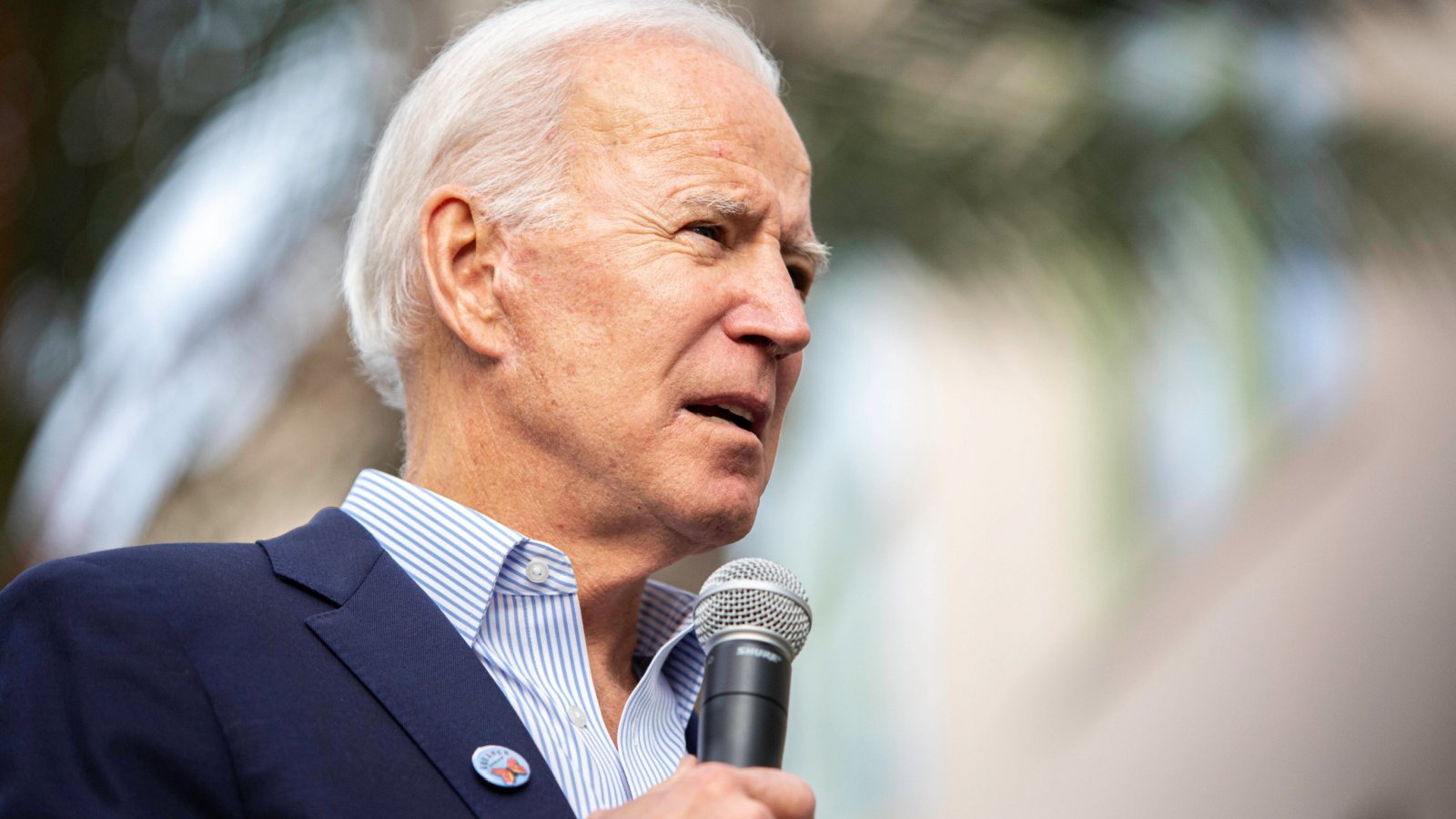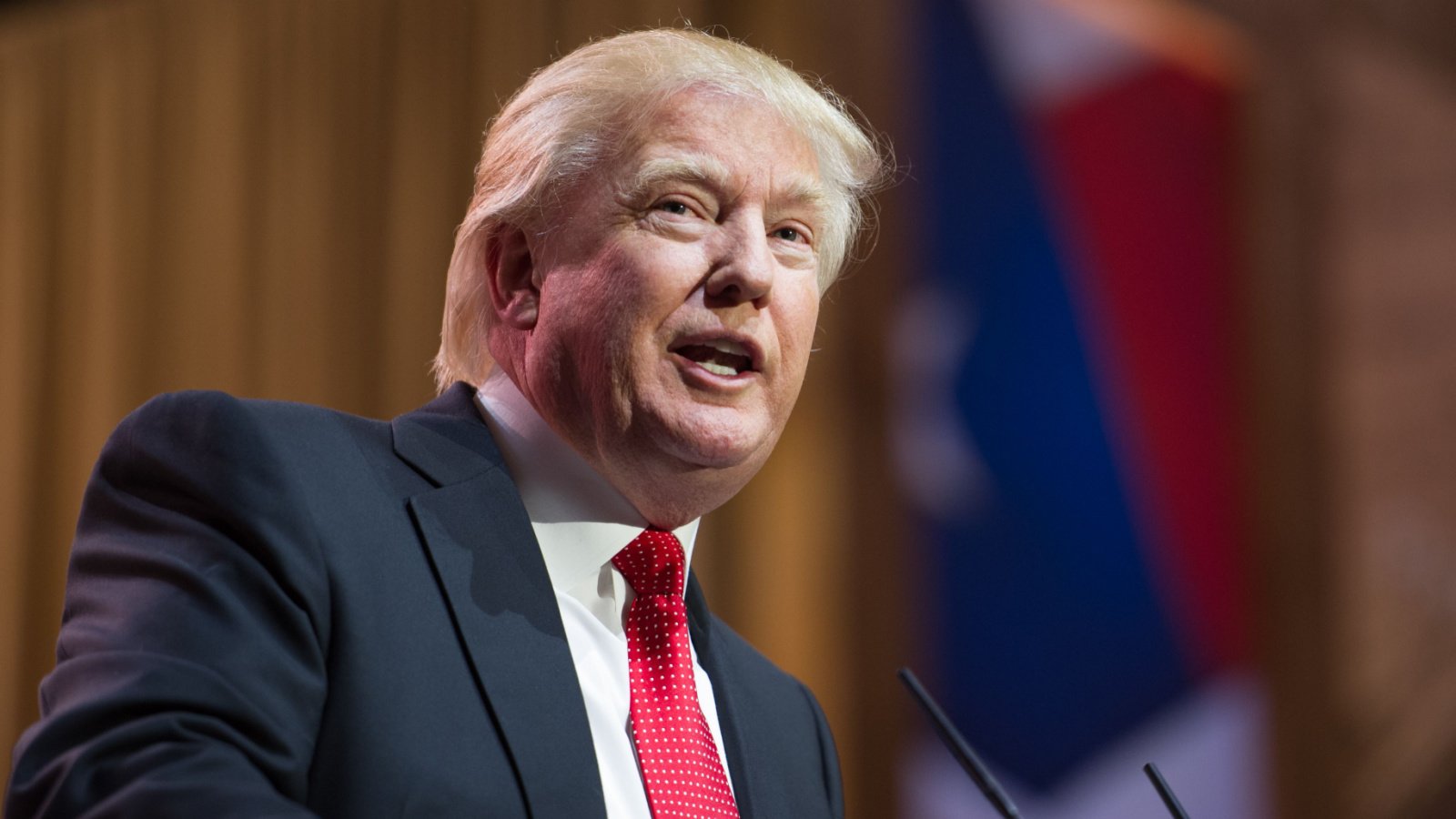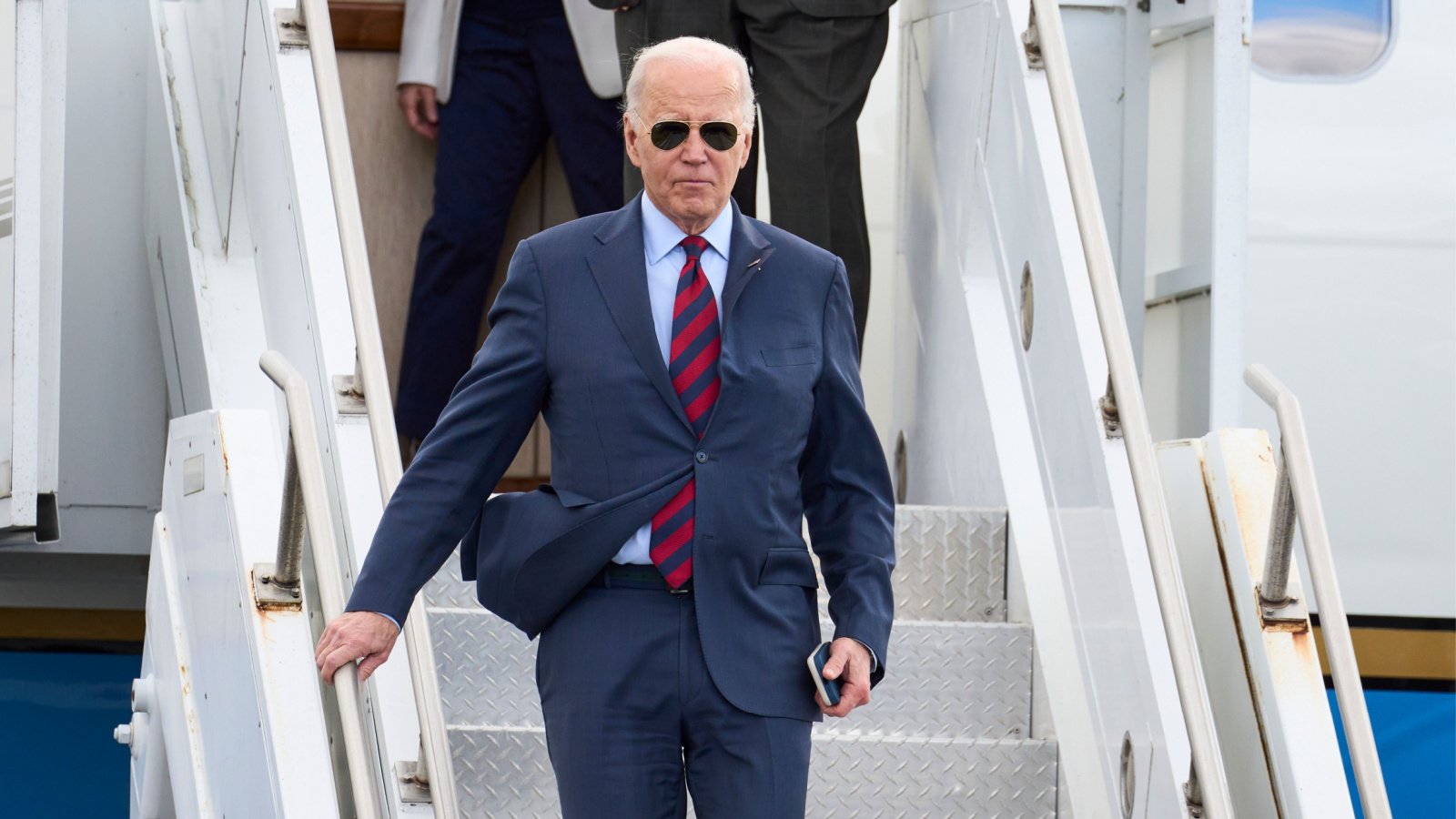This week, a new report by the Committee for a Responsible Federal Budget (CRFB) revealed that the former Donald Trump Administration borrowed $8.4 trillion, compared to Biden’s $4.3 trillion. Trump’s spending received bipartisan legislative support, while Biden’s was mostly unilateral spending, according to the new report.
COVID-19 Crisis and Pandemic Relief

A large portion of the debt from both Presidencies was in expenditures related to the COVID-19 crisis and subsequent pandemic relief policies.
Costs Excluding Pandemic-Related Expenditures

Excluding these costs, the Trump Administration policies resulted in an additional $4.8 trillion in debt, and the Biden policies resulted in $2.2 trillion.
Major Expenditures Under Trump

The major expenditures making up the Trump debts involve the costs associated with the Tax Cuts and Jobs Act, amendments to the Affordable Care Act during Trump’s tenure, and other budgetary changes.
Major Expenditures Under Biden

Biden’s significant expenses were infrastructure investments, student loan debt forgiveness programs, and other executive actions.
Differences in Debt Increase Approaches

Signature differences can be seen in how the Republican and Democratic Administrations decided to increase the national debt—under the Republican administration, most of the expenses were through bipartisan legislation.
Biden’s Use of Executive Actions

Under Biden’s Democratic administration, many expenses were achieved through unilateral executive actions, bypassing the legislature entirely.
Bipartisan Legislation Under Trump

Specifically, 77 percent of the debt added under the Trump Administration was approved by bipartisan legislation passed through both Houses of Congress and signed by Trump. The other 23 percent of the expenditures were committed without bipartisan support and came from Republican-passed bills signed by Trump or by executive order.
Biden’s Executive Orders

Only 29 percent of Biden’s spending increases were approved by bipartisan support in Congress. The vast majority of 71 percent of spending was only achieved by executive order, which does not require direct consideration by the legislature.
Impact on Future Presidential Actions

The comparisons are valuable when considering the potential future actions of both candidates for president. Both candidates enjoyed two years of unified government when they took office, with their parties controlling both Chambers of Congress. Similarly, both lost that unified government advantage in the midterms when the majority parties flipped in the House of Representatives.
Current Debt and Future Projections

According to the CRFB report, the total debt will be $34.5 trillion in 2024. The debt has increased significantly in recent years following the large jump of $3 trillion in 2020 as the country adjusted rapidly to the COVID-19 pandemic.
Debt-to-GDP Ratio

As a result of the debt growth trajectory, the debt now sits at 120 percent of the gross domestic product. This is up from 100 percent before the Pandemic debt levels.
Efforts to Address the Debt

As pressures have grown to address the astronomical debt problem, both parties have sought solutions to the fiscal crisis.
Focus on Tax Code Revisions

One primary target for change is the tax code. The current tax cuts implemented under the Trump Administration will expire at the end of 2025. Both Democrats and Republicans on Congressional Committees with jurisdiction over the tax code are working now to set an agenda and scope for consideration on how to generate revenue to pay down the debt








